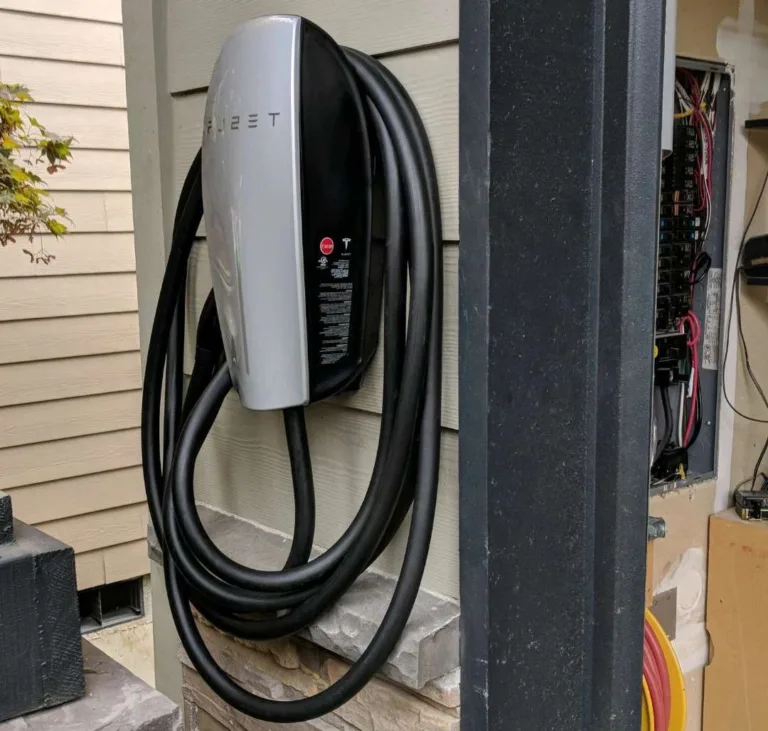The single biggest leap from apprentice to technician is the mastery of a digital multi-meter. A non-contact tester tells you if voltage is *probably* there; a DMM tells you exactly what’s happening. It unlocks a deeper level of troubleshooting that is impossible otherwise.
It Reveals the Invisible
Is a GFCI tripping because of a real fault, or is the device itself bad? A DMM can measure the leakage current to tell you. Is a wire getting hot even on a low-amperage circuit? A DMM can measure resistance to pinpoint a bad connection. It allows you to see what’s really going on.
It Opens New Paths
With a DMM, you can confidently walk down troubleshooting avenues that would be pure guesswork without it. You can diagnose problems with data, not just intuition. It is the tool that truly enables you to practice “the thinking trade.”
While often considered specialty items, modern electrical work requires specific torque tools to be code-compliant and safe. Owning and using them is not a sign of an advanced electrician; it’s the sign of a professional one.
Code Requirement: NEC 110.14(D)
The National Electrical Code is clear: terminals for conductors and equipment must be torqued to the manufacturer’s specified values. A loose connection is a fire hazard. An over-tightened connection can damage equipment. You cannot guess. You MUST use a torque tool.
Torque Screwdriver
Essential for properly tightening the terminal screws on breakers, receptacles, and other devices.
Torque Wrench
Required for tightening the larger lugs found on electrical panels and service equipment.
Having access to the National Electrical Code is mandatory. However, how you access it has changed. While a physical, tabbed-out code book is required for most trade schools and licensing exams, the internet has become an indispensable tool in the field. Being able to quickly search for a code article online is an invaluable skill.
As you advance, the temptation to buy every new, shiny tool is strong. But more tools aren’t always better. Efficiency comes from having the *right* tools, not *all* of them.
“My motto for hand tools has always been: ‘Don’t invest in what you can’t afford to lose.’ Tools get dropped, lost, or worn out. Your most expensive investments should be the ones that provide a clear return in safety and efficiency.”
A top-of-the-line brand might have a tool for every conceivable task, but think about the real-world cost. Every tool you own has to be stored, organized, and moved to and from the job site. Sometimes, the time spent managing a massive, specialized toolkit could have been better spent just using a simple broom. Focus on quality where it counts, and value versatility and efficiency over sheer quantity.
With a well-rounded toolkit, it’s time to solidify your understanding of the electrical theory behind it all. In Part 15, we will cover the basic electrical concepts every professional needs to know by heart.


